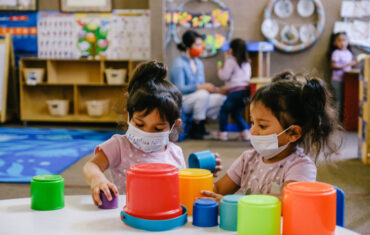It’s clear that workers need to be better suited to do their job. But with so much confusion surrounding protective suits and evolving different standards, selecting the right one can be a challenge. Employers must look for protective suits that is suitable to protect against the unique hazards of the job. They also make sure that it does not restrict or make the worker uncomfortable. Protective suits must meet federal and industry regulations while also allowing workers to finish their job effectively.
Not all workers require the same protective suits. The responsibilities of position, environmental hazards and the time of day woking could be factors when choosing suits. Rules and guidance for selecting protective suits are more general due to the broad range of hazards protective apparel such as heat, liquids, aerosols and pathogens.
Good fabric material

The first step is to determine which fabric material you use to protect against chemical hazard. You will want to take the list of chemicals that you may come in contact with. Then, you compare them with some sort of chemical testing that was performed by the manufacturer. When testing, the higher the score or longer the time for penetration, the better the suit will protect you. This test assesses how well the chemical suit material can keep chemical molecules from passing through the solid suit material itself. However, it’s important to understand that no material provides complete protection. The material’s chemical resistance in protective suits will decrease over time due to physical and chemical processes.
Right size and fit
Protective suits that are comfortable are more likely to be worn appropriately. Selecting the right size affects both the suit’s protective function and wearer comfort. As the level of protection increases, the climate control of the material decreases. As such, you should weigh up carefully which coveralls are right for you. So that you can strike a balance between optimal protection and maximum wearer comfort for the area of use. You should have a pretty good idea at this point of the suit you should be wearing. The final thing to look at is the suit construction type; does it have booties? Elastic cuffs? Hooded? This decision can largely be a personal preference but be sure that protective suits offer adequate protection against the job you are doing.
Summary
In the end, your decision will come down to the kind of job that needs to be performed and the hazards faced while performing it. But with all of this information in hand, you should be able to make a better decision and make it more quickly. When used properly and with other infection control practices such as hand-washing, using alcohol-based hand sanitizers, and covering coughs and sneezes, it minimizes the spread of infection from one person to another. Effective use of protective suits includes properly removing and disposing of contaminated them to prevent exposing both the wearer and other people to infection.







1 thought on “Protective suits for infection control”